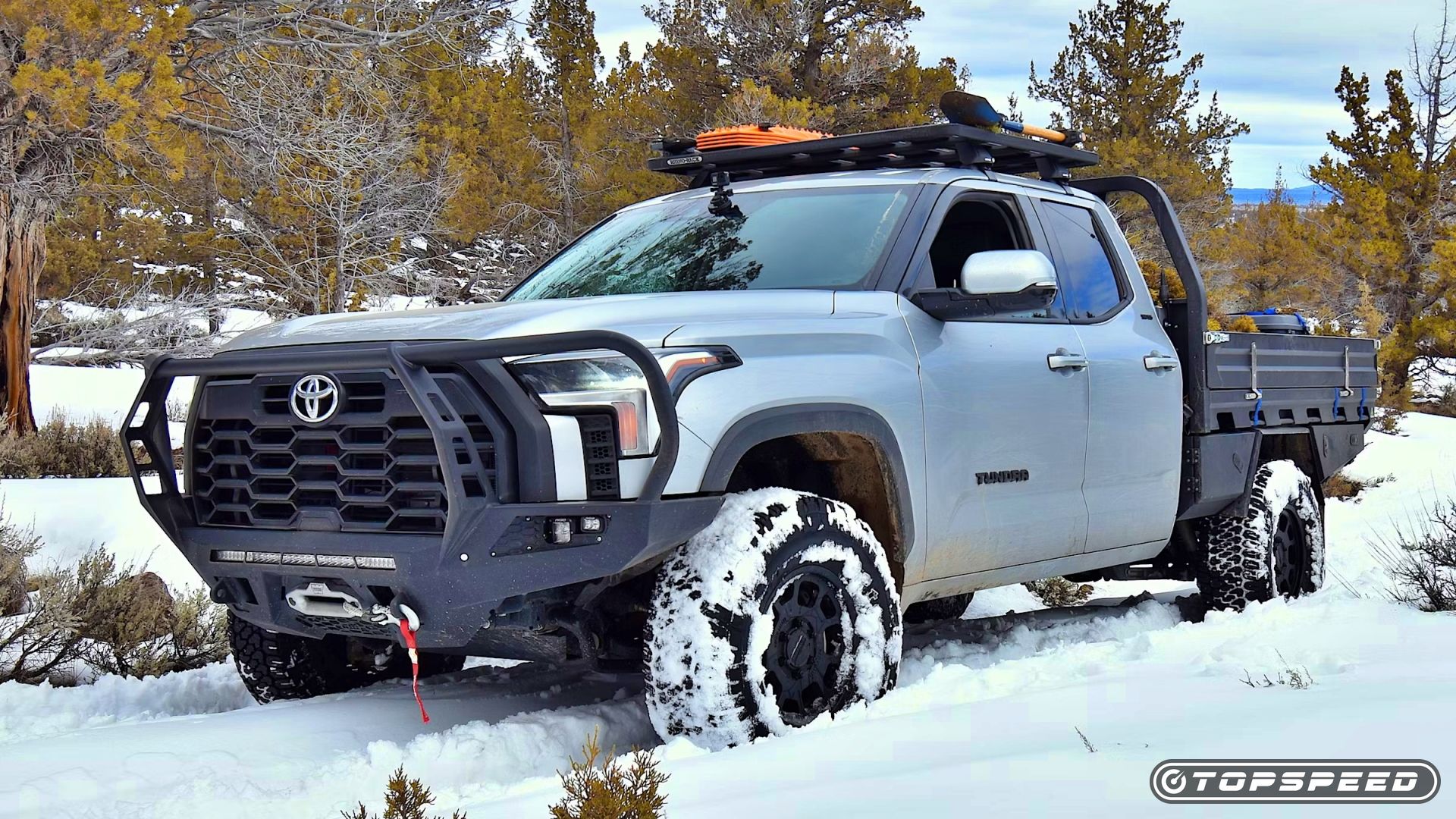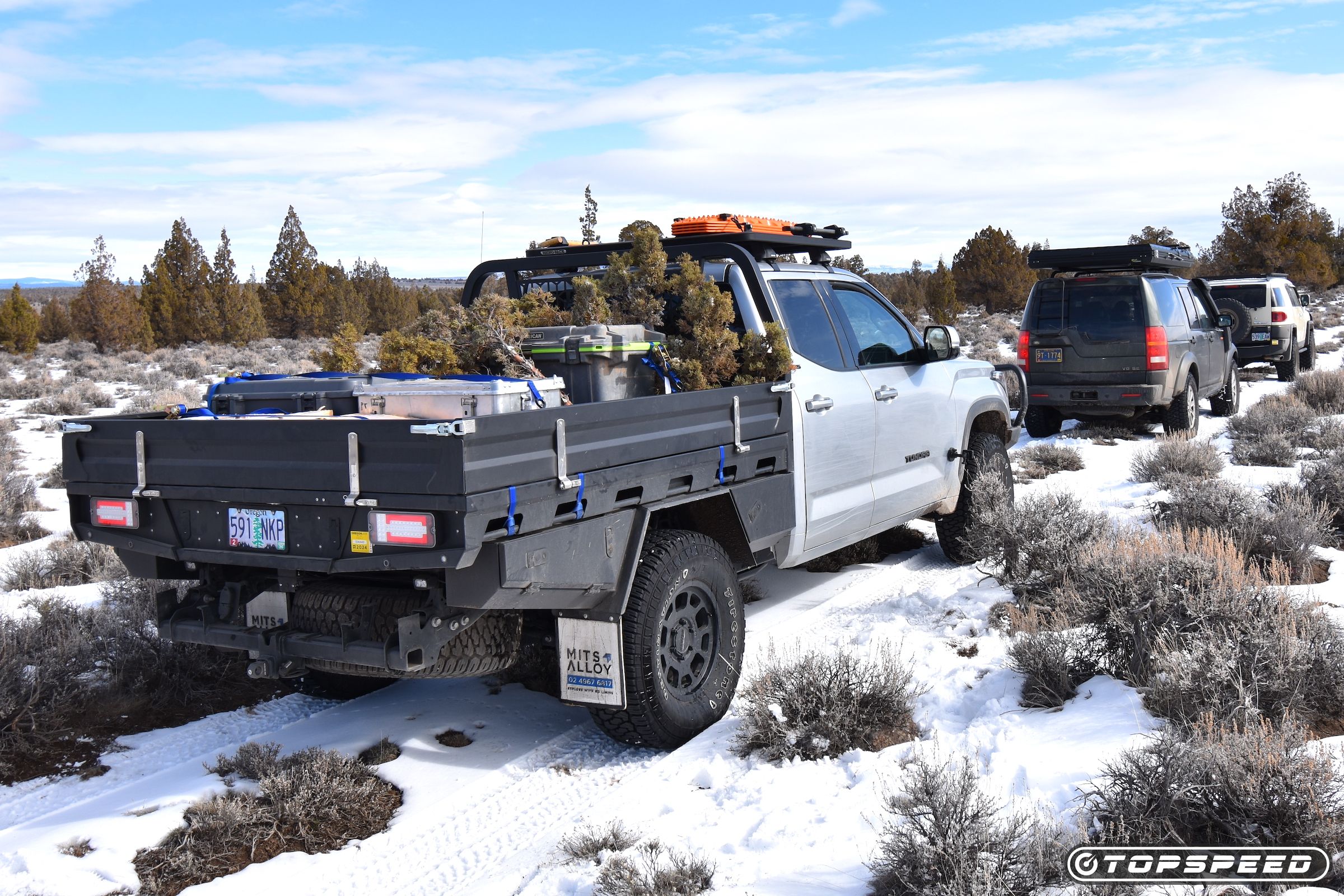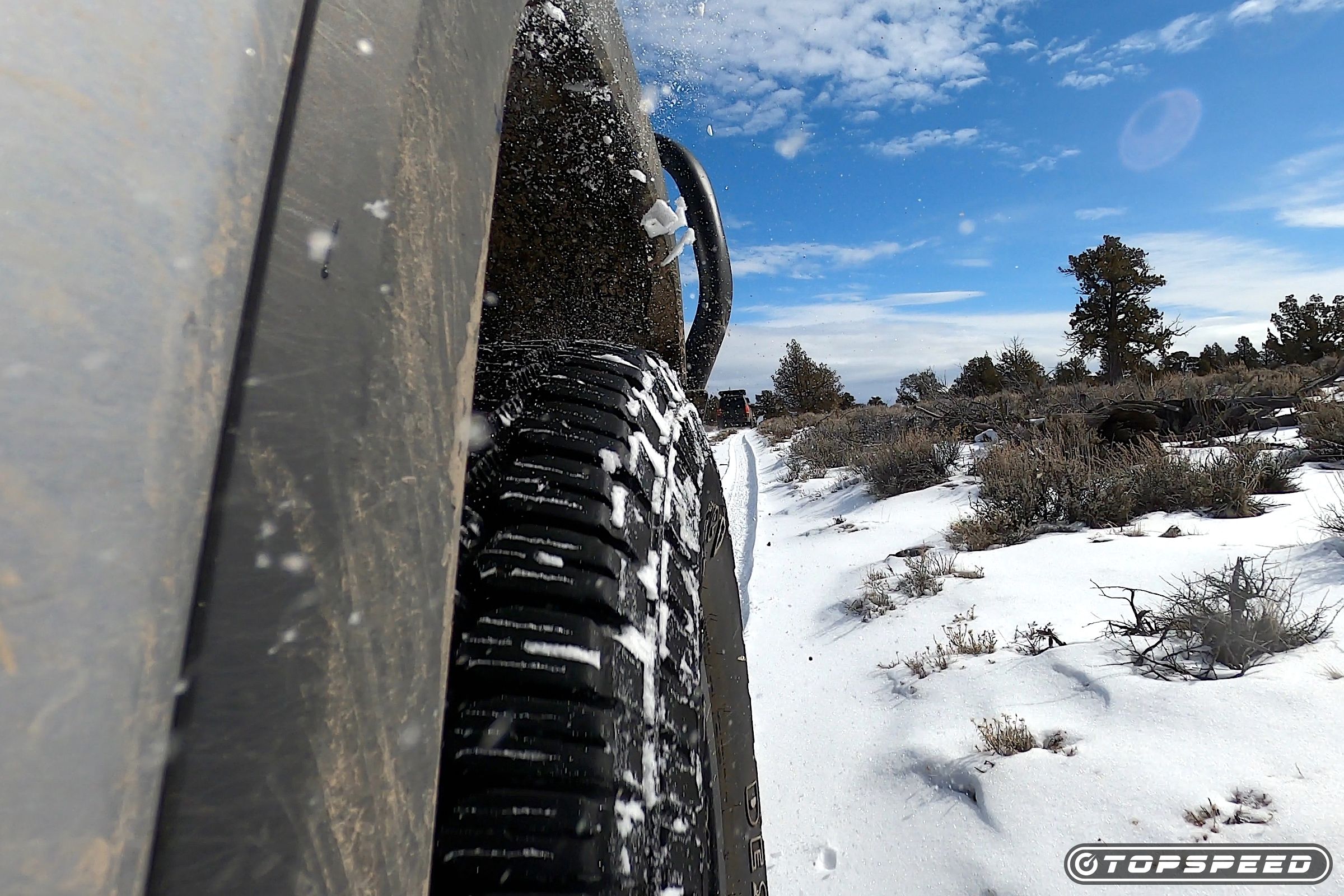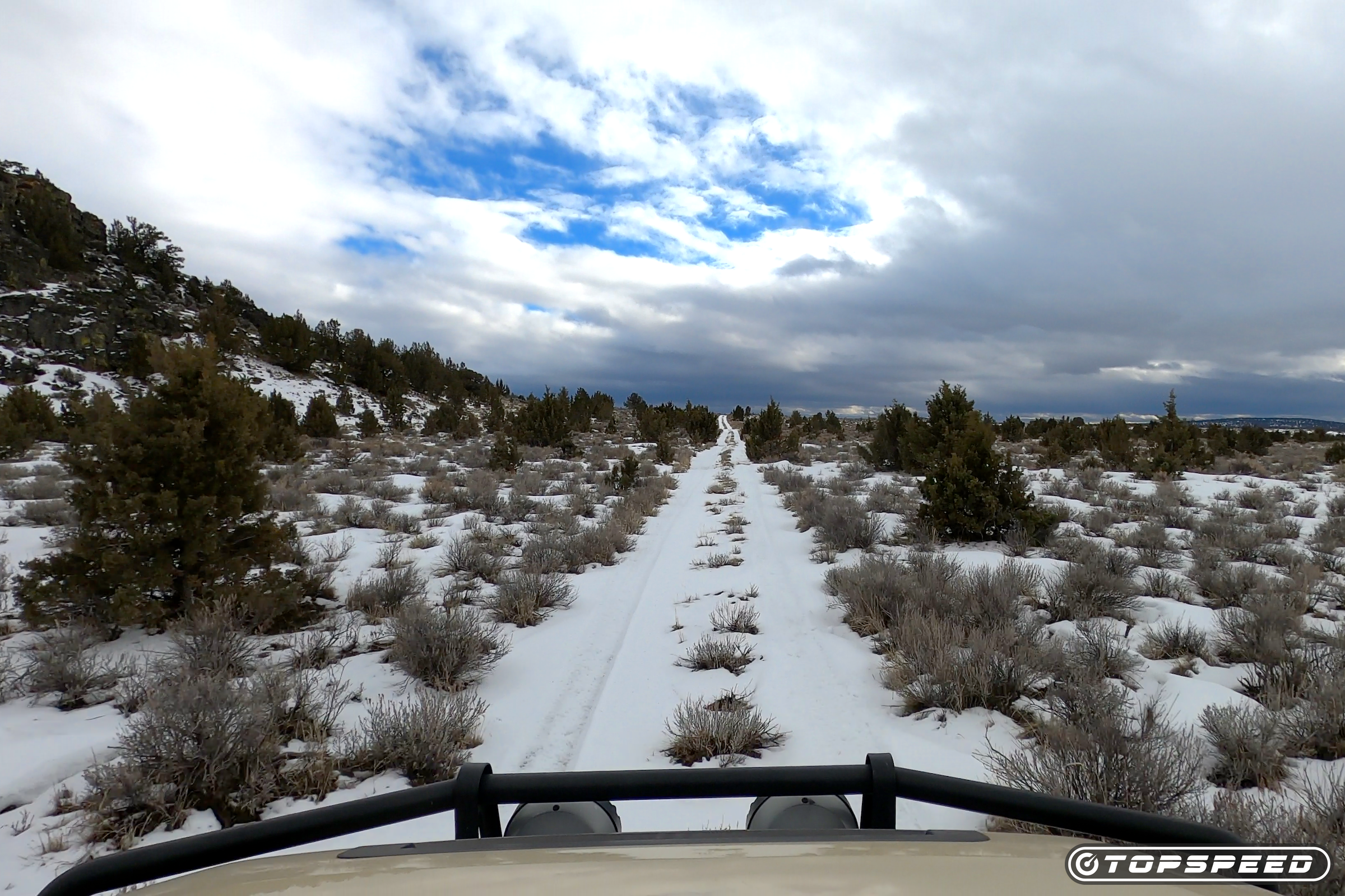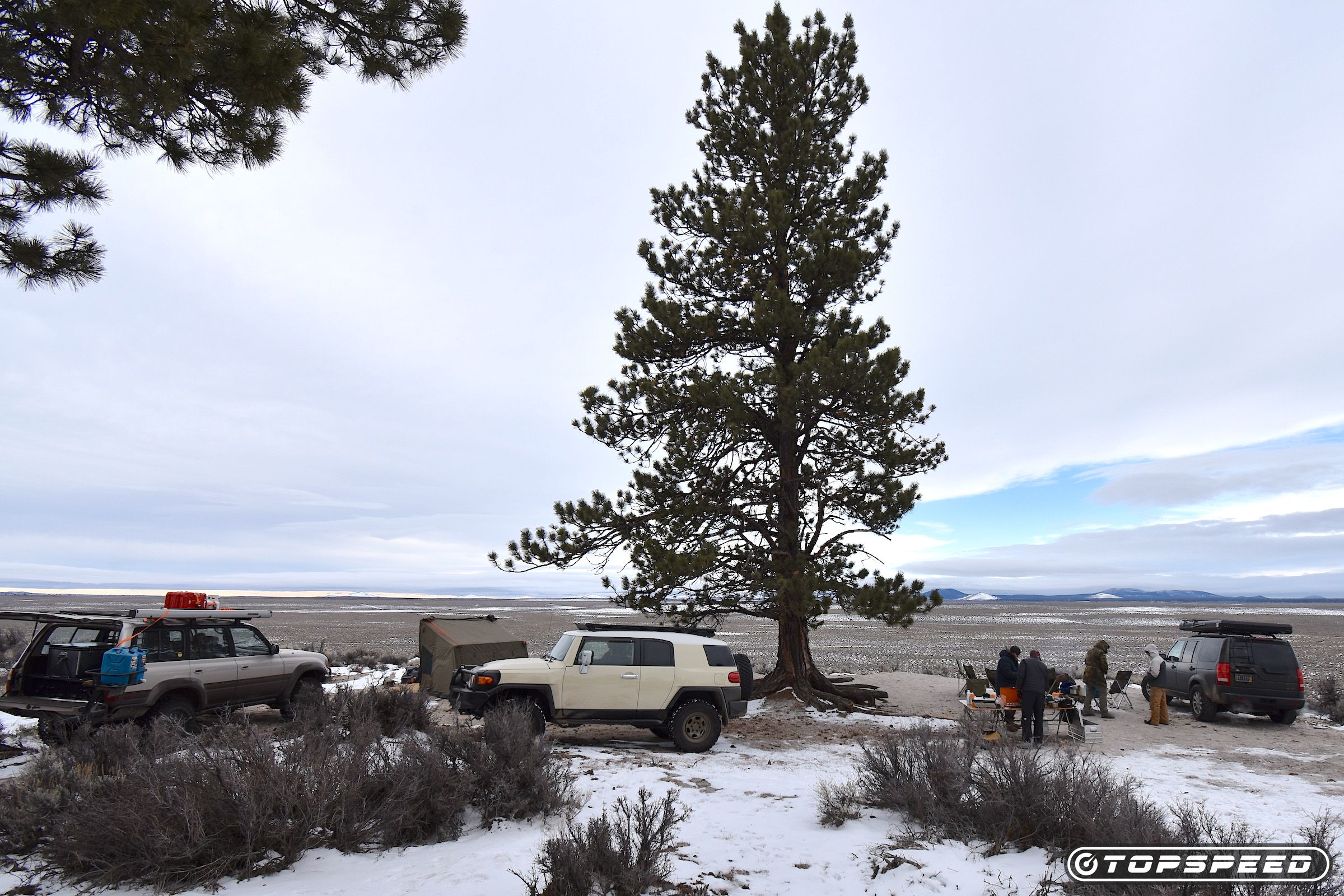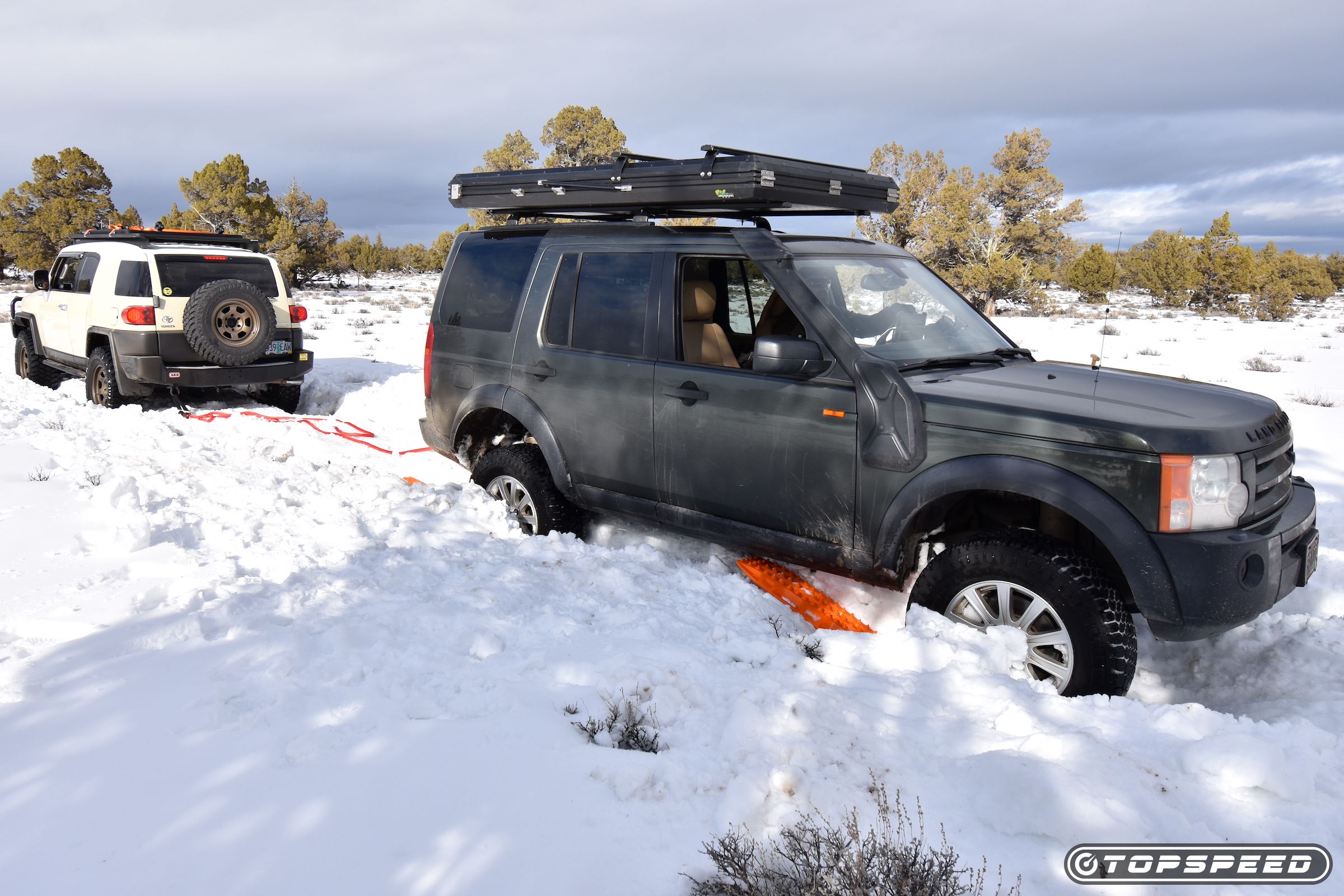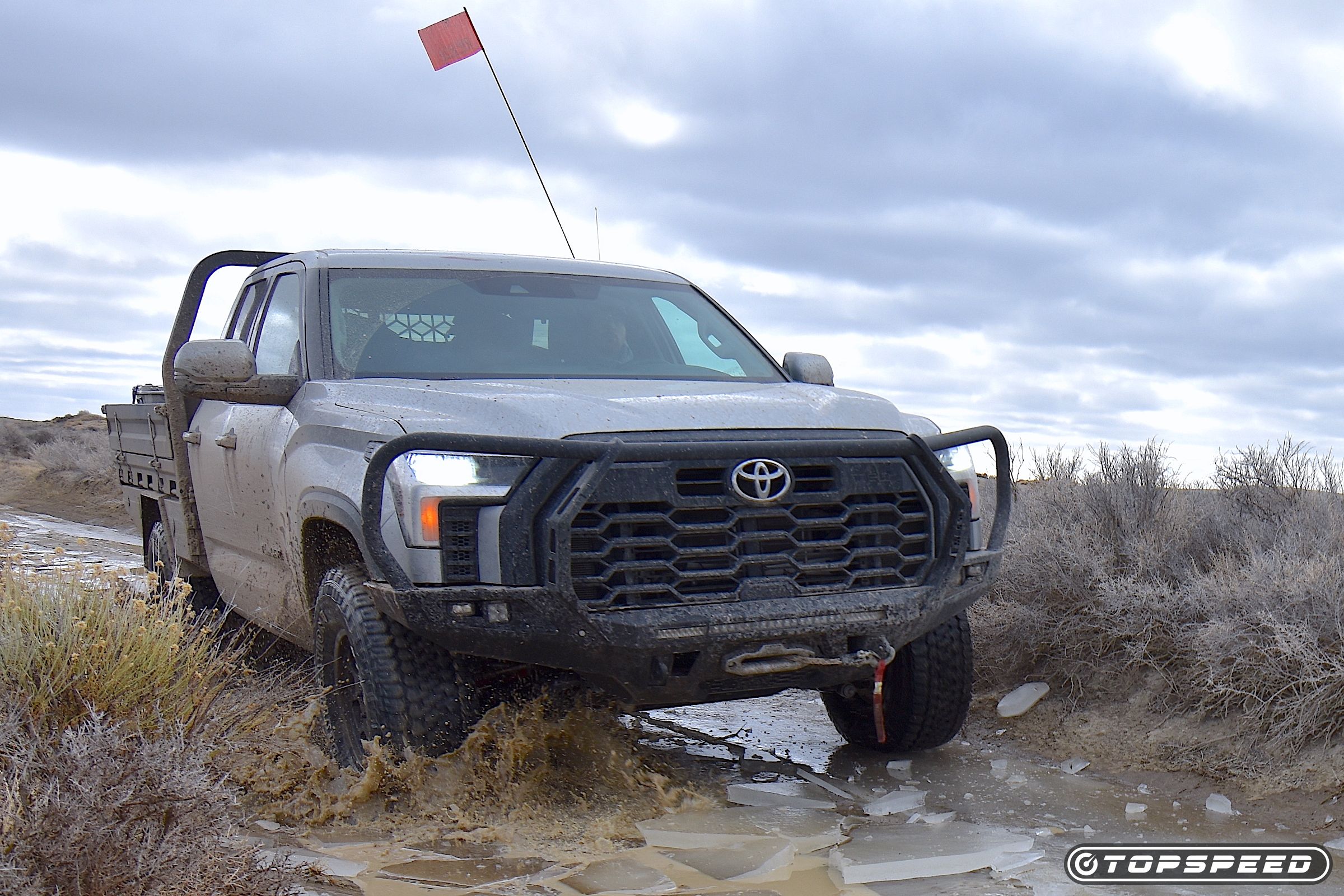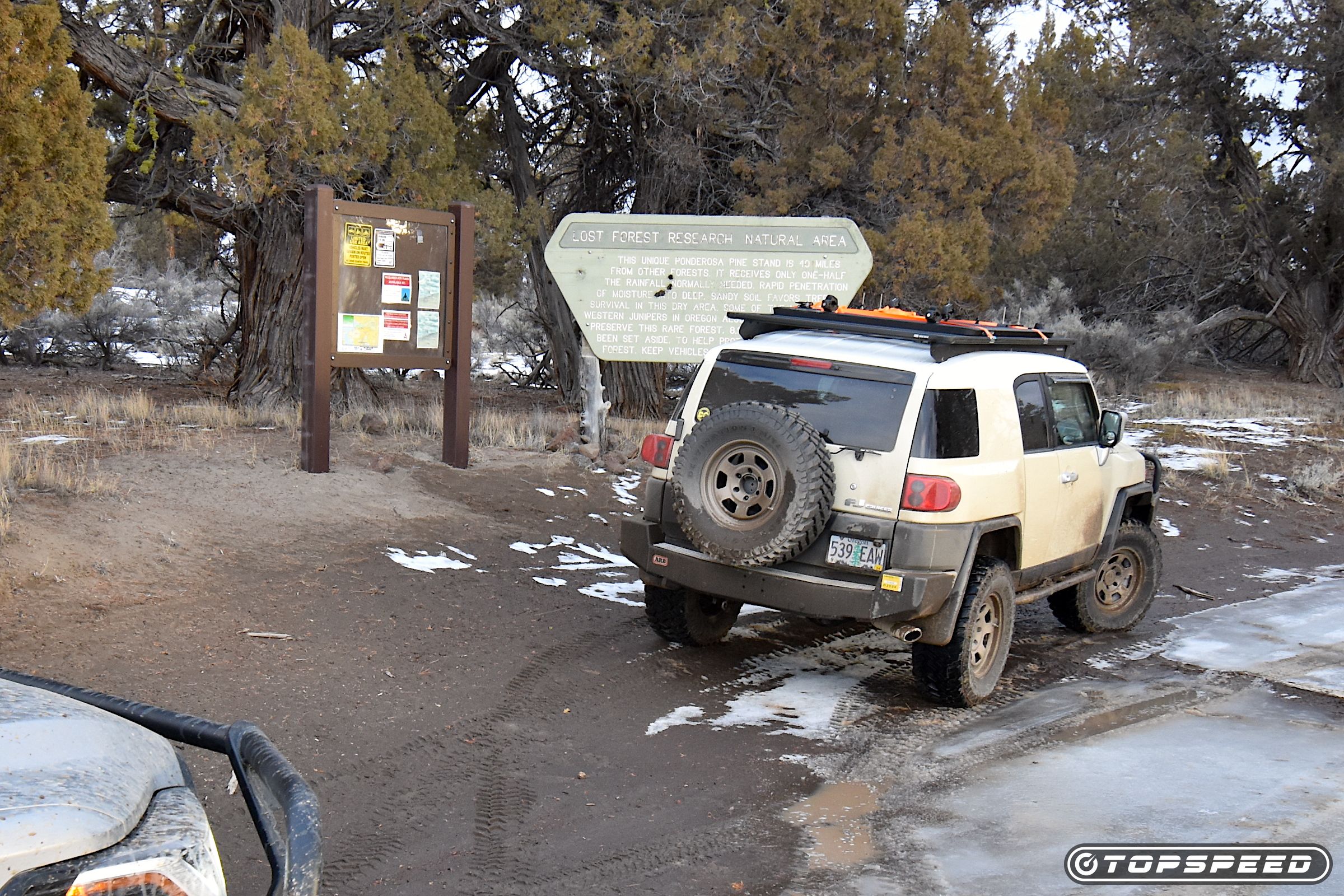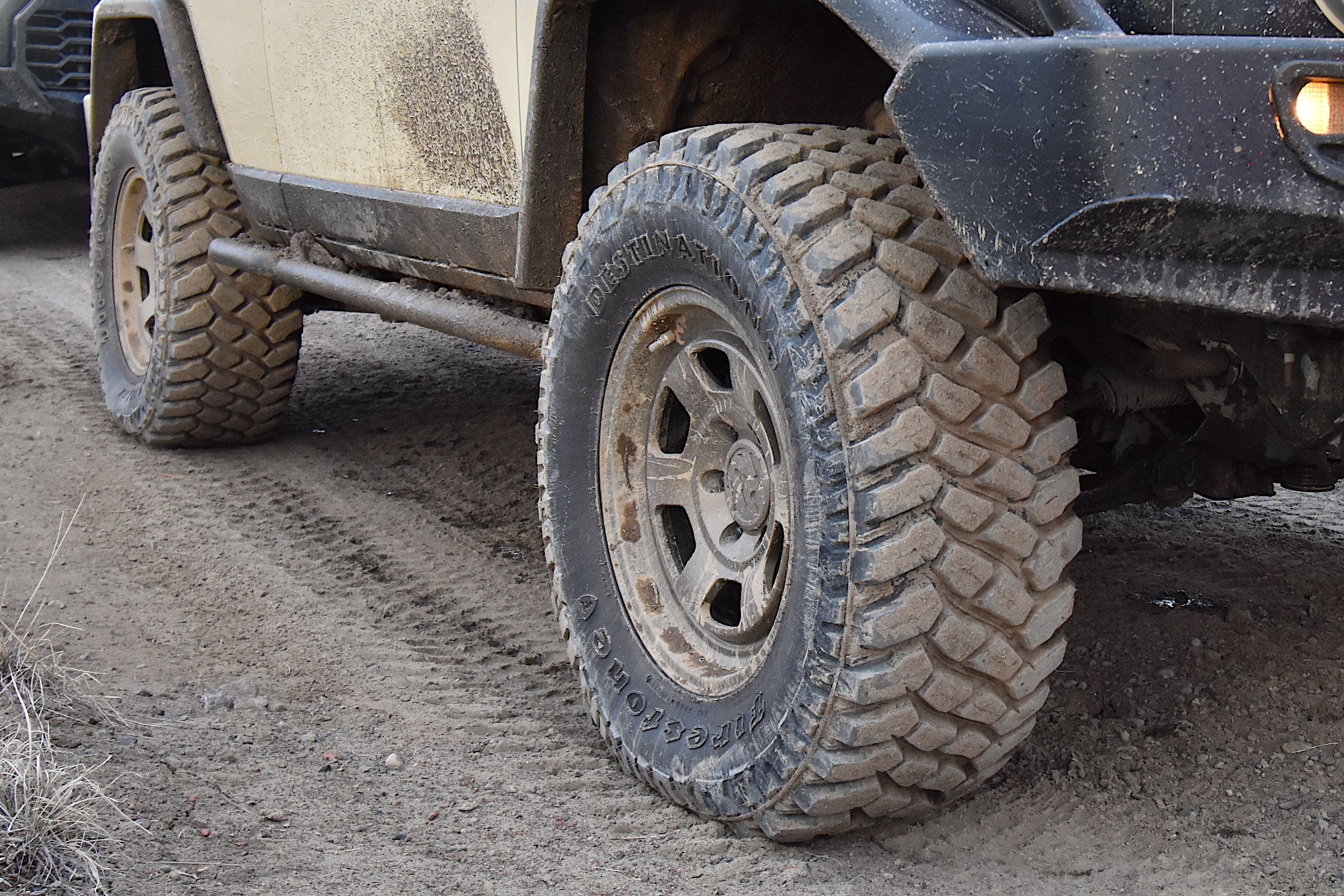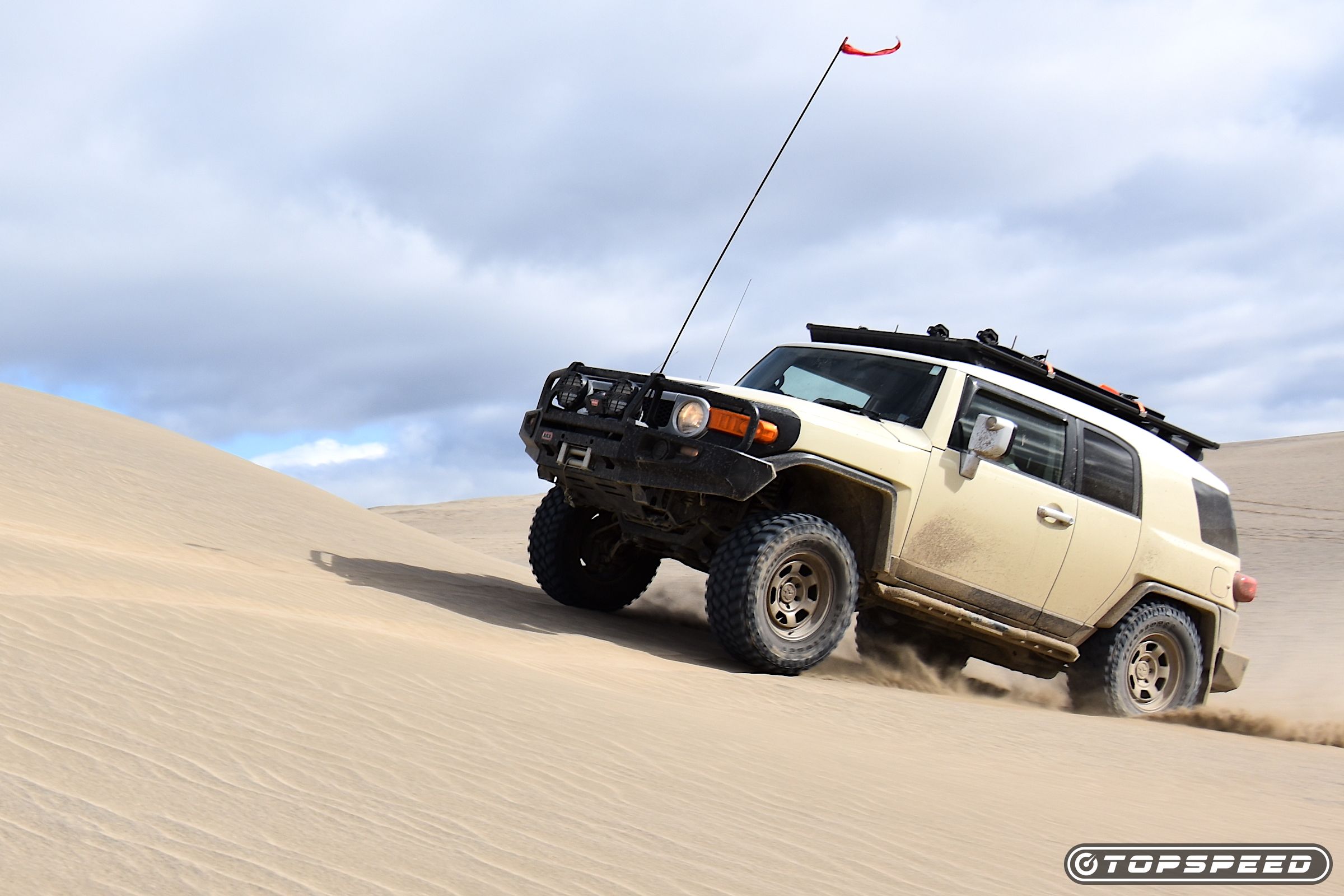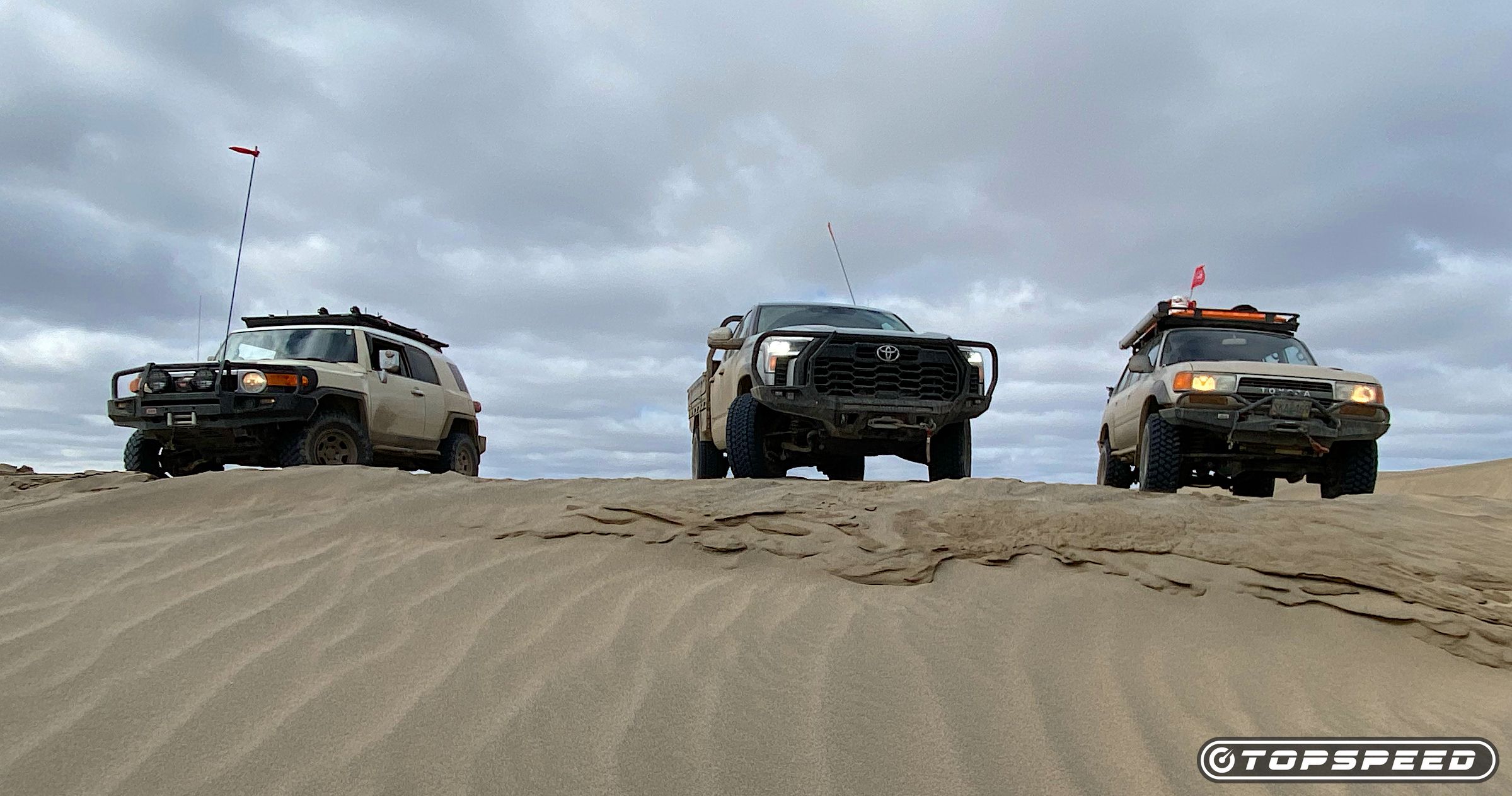Off-road driving is an increasingly popular pursuit, particularly here in the US. According to the Federal Highway Administration, 1.4 million miles of unpaved roads crisscross our vast and diverse landscapes, much of which is open to the public. Although interest in off-roading received a notable boost when lockdowns led many of us to seek solitude in the great outdoors, the growth of social media has also played a significant role.
The pages of Facebook and Instagram are teeming with jaw-dropping vistas and panoramic landscapes, inspiring others to seek out their adventures. I would argue America’s love of four-wheel-drive vehicles is another key factor behind the off-road boom. For many of us, embarking on an off-road adventure is as simple as slapping some all-terrain tires on our trucks and heading out into the boondocks.
The Growing Market For All-Terrain Tires
Increasingly auto manufacturers are building off-road capability into their family SUVs. Even Honda’s humble Pilot Trail Sport now features some serious off-road traction settings and all-terrain tires fitted as standard equipment. Unsurprisingly then, the all-terrain tire market is experiencing unprecedented demand.
According to a report by Modern Tire Dealer, All-Terrain tires accounted for 18% of all light truck tires sold in the United States in 2020, a number that is likely to increase, and this once quiet corner of the industry has become a hotbed of research and development as manufacturers compete to offer the best tires for tackling the wilderness. Firestone Tires is eager to stake its claim in the off-road rubber rush and has been busily refining its all-terrain offerings.
TopSpeed recently headed to Oregon to test Firestone’s new all-rounder, the Destination X/T, and the off-road-focused Destination M/T2 tires. While there is some overlap in their applications, all-terrain and off-road (or mud tires) have specific design features catering to different types of driving surfaces and conditions.
Designed for both on- and off-road driving, all-terrain tires, as the name suggests, offer a balance of performance in a multitude of conditions. Mud tires (M/T) prioritize off-road performance and grip over on-road comfort and handling. Made from softer compounds, they also tend to wear faster.
The Firestone Destination X/T All-Terrain Tire

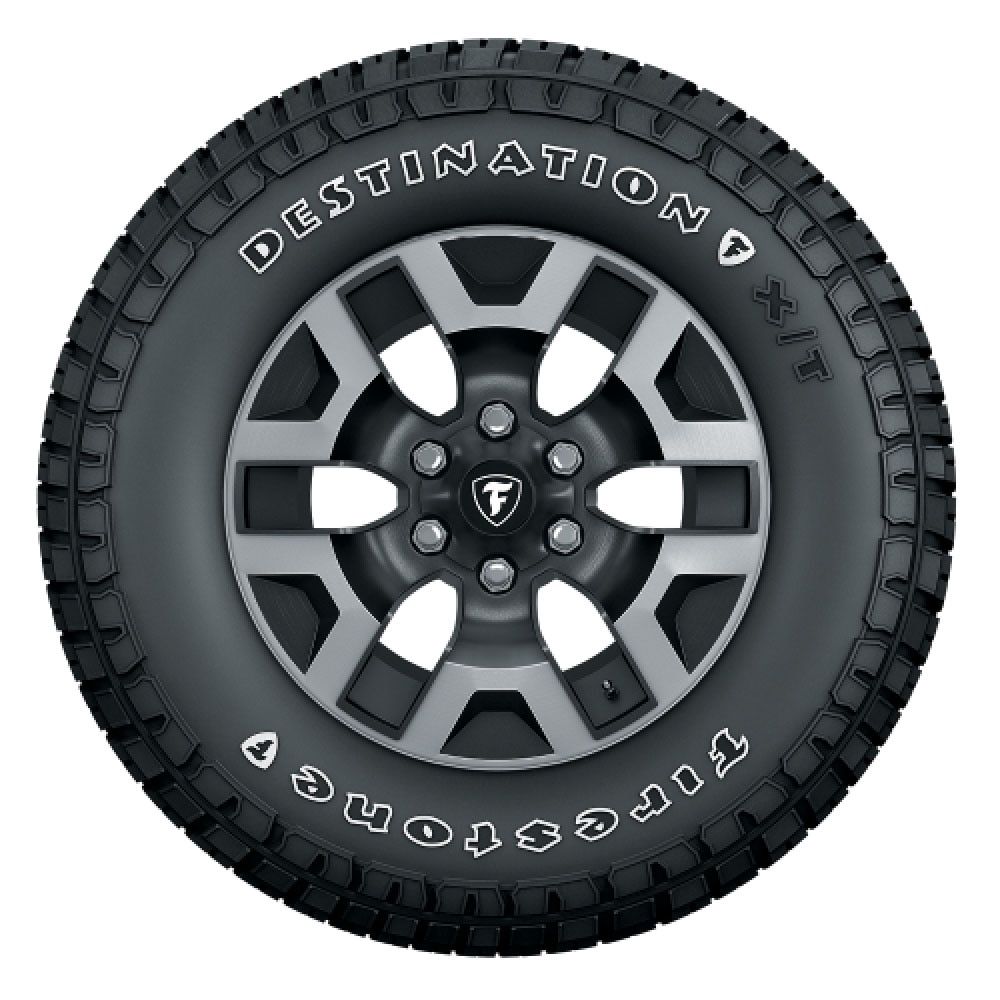
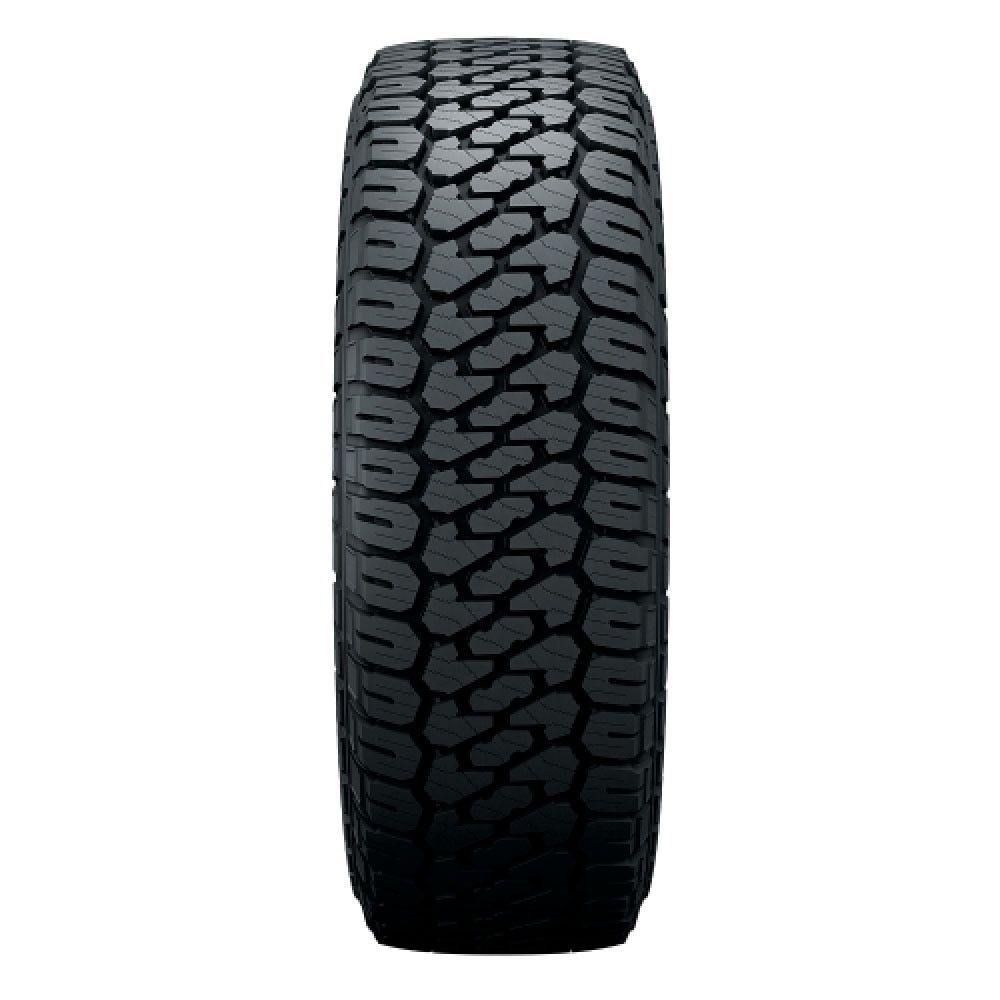
Aimed at truck owners who like to take their daily driver out on the trails but spend most of their time driving on paved roads, Firestone’s new Destination X/T looks to provide the best of both worlds, a segment currently dominated by Goodyear’s popular Wrangler Duratrac. The X/Ts key features include an aggressive off-shoulder tread pattern, extending the tread to the outer edge of the tire, promising improved bite in sand and snow, or on rocky terrain.
The full-depth 3D interlocking sipes making up the tread area prevent the tread blocks from moving independently, which Firestone says helps to ensure the X/T wears evenly, offering consistent performance throughout its life. Offset grooves and open shoulder slots promise excellent off-road traction while effectively dissipating water to reduce the risk of hydroplaning.
The Firestone Destination M/T2 Mud Tire
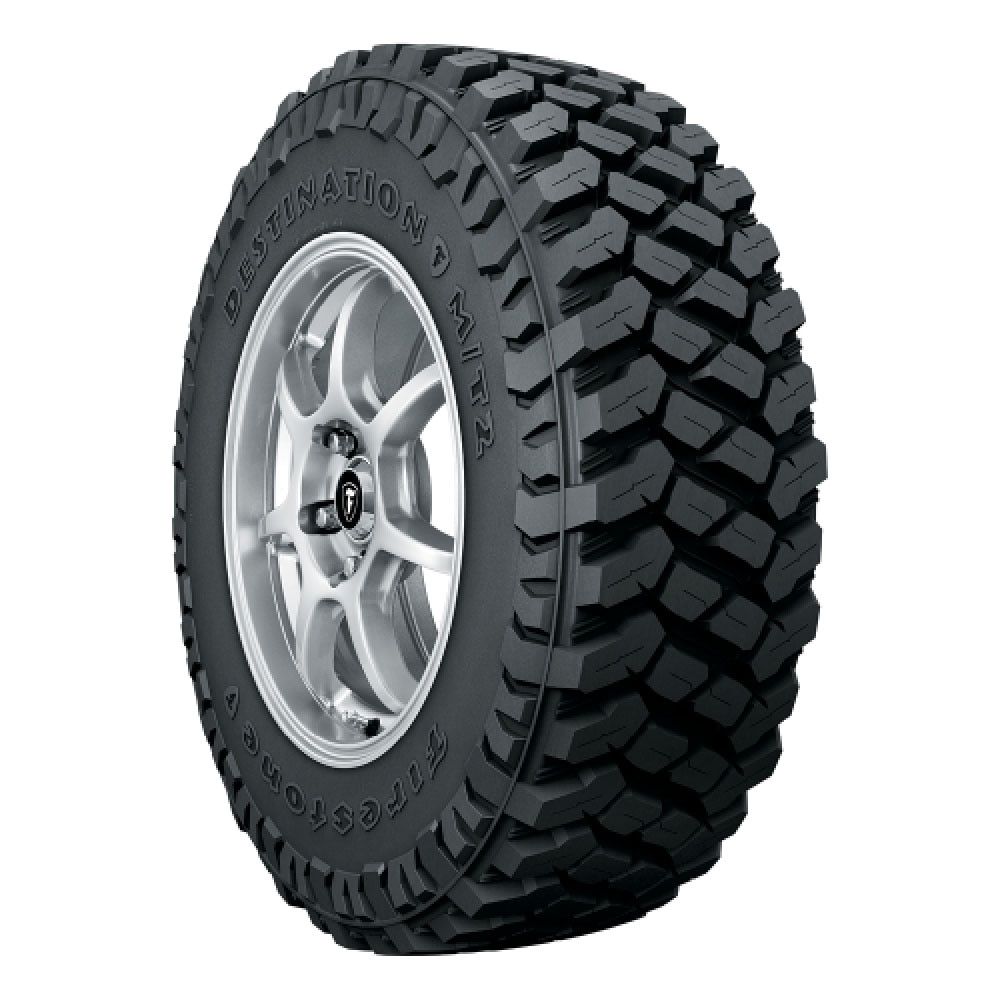
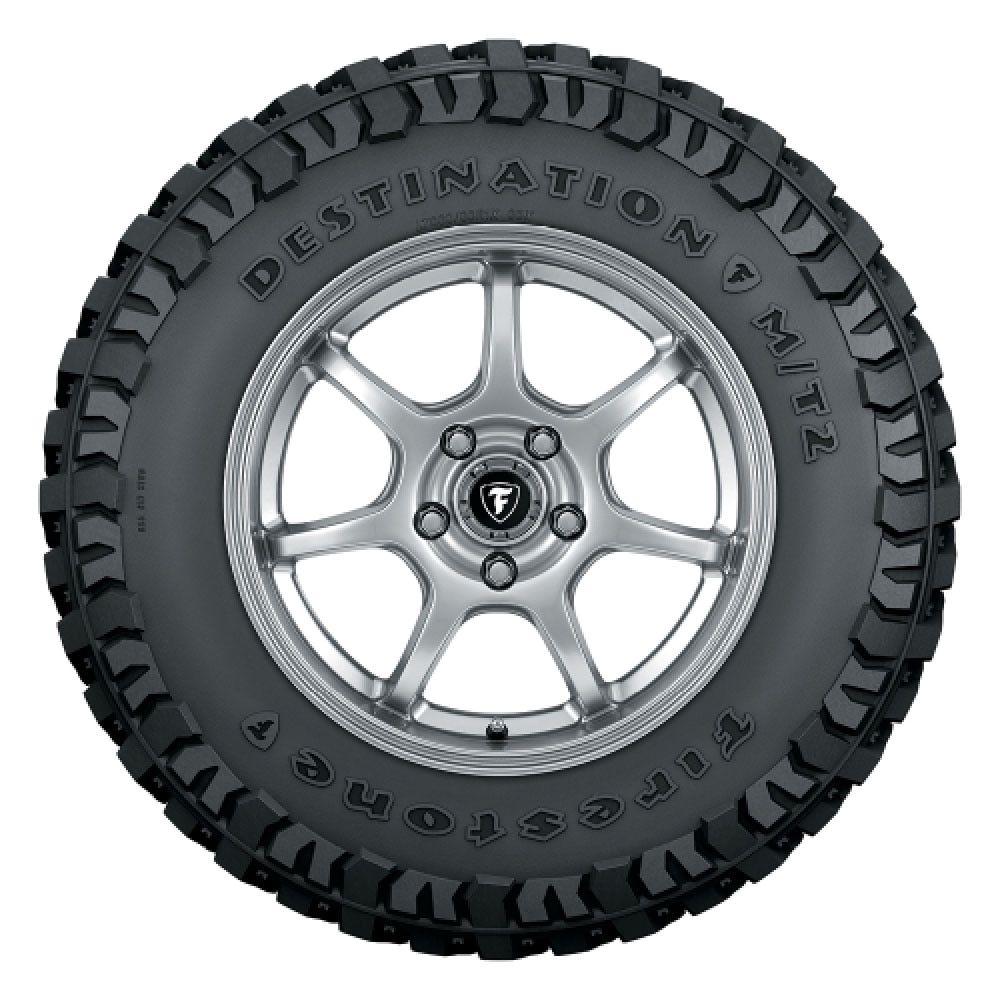
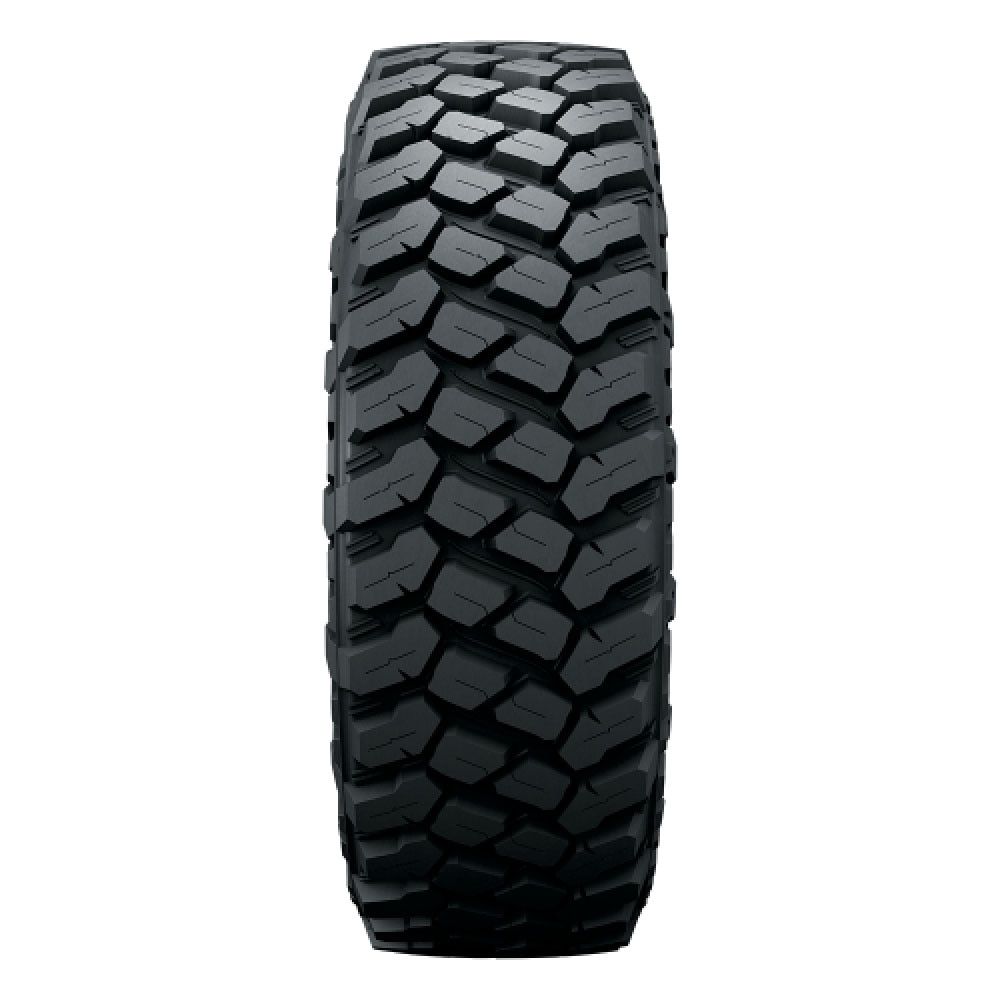
For weekend warriors and off-road enthusiasts, who spend a lot of time on the trails, the Firestone Destination M/T2 Mud Tire prioritizes performance on unimproved surfaces and extreme conditions. They certainly look the part. Deep tread blocks separated by wide, irregular grooves expel mud, snow, and rocks, promising improved traction in demanding terrains. Aggressive off-shoulder lugs provide improved bite.
Firestone increased the number of biting edges on their flagship mud tire, which comes pre-pinned to accommodate studs for driving on ice. The M/T2 benefits from an enhanced compound and 3-ply sidewall construction, guarding against punctures and tears while promising better steering response, thanks to increased resistance to creasing.
Into The Wild
Oregon’s diverse climate and terrain offer an ideal proving ground for all-terrain tires. The mighty Cascades dominate Oregon's coastal west, a vast volcanic mountain range extending from northern California to British Columbia, up in Canada. Cleaved by glacial erosion, the Cascades are home to dramatic interspersed valleys and towering cone-shaped volcanoes.
The rain shadow affected by the soaring mountains in the west means much of eastern Oregon is high desert and (normally) comparatively dry. Our proposed journey would entail over 500 miles, of which 150 would be off-road. But, as we would soon discover, the Beaver State had other plans for us.
A few days before I flew to Portland to meet our expedition leaders, Nick Jaynes and Josh Ashcroft, I received an ominous email. Our three-day trip into Oregon’s remote wilderness included two nights in ground tents, and the email was a reminder that thanks to a persistent cold snap, nighttime temperatures would drop to the low teens.
Yikes! Not ideal conditions for camping but on the bright side, the weather had provided uncommonly snowy conditions for some serious tire testing. Our two Toyota testbeds included a 2022 Tundra SR5, weighing in at a hefty 5,400 pounds with a V-6 engine churning out 405 pound-feet of torque, and the much lighter 2008 FJ Cruiser, also equipped with a torquey V-6, capable of producing nearly 280 pound-feet.
Outbound
With Jaynes and Ashcroft in the support vehicles, an aging Toyota Land Cruiser, and a Land Rover LR3, our four-truck convoy joined Interstate-84 for the 220-mile drive to the old lumber town of Bend. Nestled in the foothills of the Three Sister Mountains on the banks of the scenic Deschutes River, Bend is a gateway to Oregon’s high-desert southeast and the established "outdoor playground of the West."
We elected to take the Tundra for the outbound drive, fitted with a set of Destination X/T tires. An important addition to Firestone’s lineup, the X/T competes in a demanding market, requiring on- and off-road performance with the longevity expected of a road tire. Although our three-day test can’t offer meaningful insight into its long-term wearability, the X/T's 50,000-mile warranty is excellent for a 3-Peak Mountain Snowflake-rated tire.
The X/Ts didn’t look overly extreme, although Jaynes pointed out that the development of this new tire focused on its functionality, and future iterations are likely to incorporate more rugged aesthetics. From the outset, the X/T was notably quiet. Road noise was all but imperceptible, and the Wrangler Duratracs currently fitted to my own truck are significantly louder.
The Tundra’s cab was impressively muted as we barrelled down the highway alongside the mighty Columbia River. High-speed handling also impressed us. The X/T offers assured steering and tracking at highway speeds, and on the mountain roads leading down to Bend, cornering on the damp roads was precise and on par with standard all-weather tires. So, the X/T is a confidence-inspiring tire on the road, but how would it perform off-road?
The Unlikely Combination Of Desert Sand And Deep Snow
Outside Bend, we left the tarmac for the trails leading to Pine Mountain and our campsite for the night, set among the pines on the edge of an escarpment. The following morning, we wound our way across the desert plateau. The hard-packed trails, meandering around the sagebrush and stunted junipers, initially offered little resistance. But as our altitude climbed, we increasingly encountered snow left in the wake of recent storms, drifted into deep pockets by the restless wind.
Before long, we were carrying out our first recovery, one of many in the testing conditions. Tire choice is meaningless if the rubber can’t make contact with the ground, and the first deep drift beached the lead truck. Fortunately, Messrs Jaynes and Ashcroft were well prepared, deploying winches, shovels, snatch straps, and MaxTrax recovery boards, and soon freed up the LR3.
Firestone tests its off-road tires at their standard pressures, regardless of the terrain. Nevertheless, we reduced our tire pressure by 10 pounds when we left the tarmac, and again, by another 10 when the snow became more challenging. The Destination X/T and M/T2 tires employ different approaches to handling the white stuff.
Optimized for compact snow common to groomed roads, the severe snow-rated X/T works by clinging to it, taking advantage of snow-on-snow traction, as a snowball grabs new snow, growing as you roll it. Optimized for mud, which, alas, sticks to everything except itself, the M/T2’s design expels all surface debris, including snow.
In the Tundra, the X/Ts were performing well. Our SR5 benefited from a locking differential and some additional clearance, and we plowed through the deeper snow without a hitch. Until we took the lead and also beached. Vehicle recovery is all part of the off-road experience and a reminder that traveling with a supporting vehicle is always safer. Shoveling snow kept us warm in the subzero temperatures, but all the recovery work delayed our progress.
With the sun heading for the horizon, we modified the route, switched trucks, and headed for the remarkable Lost Forest. At the wheel of the shorter, lighter FJ, equipped with chunky M/T2s, we quickly realized the blockier tires required a different approach to the throttle inputs. Technically speaking, we gave it the beans, relying more on momentum and the M/T2’s spade-like tread pattern to claw through the snow.
Inbound
The Lost Forest owes its existence to a prehistoric, underground aquifer, which enables an expanse of ponderosa pines to withstand the arid climate of the “Oregon outback.” This verdant oasis, in an otherwise inhospitable environment, was our campsite for the night and after a long day of driving and shoveling snow, we slept soundly among the ancient pines.
Early the next morning, with dune flags attached to the trucks, we started our last day with a jaunt in the shifting sands of Christmas Valley Dunes. Thousands of years of volcanic activity and wind erosion have sculpted this landscape into an awe-inspiring array of peaks and troughs, with some dunes towering 60 feet or more. Nevertheless, they were no match for our M/T2s, and we tore up the steep sand slopes without issue. Notably, the X/T-clad Tundra appeared to fare equally well.
With playtime over, we left the improbable dune island, setting a course for Christmas Valley and the road back to Portland. As we descended the desert plateau, the snow became mud, but thanks to the sandy soil, it wasn’t the clogging clay mud capable of testing even the most extreme off-road tires, and both trucks negotiated the last of the trails with ease.
The highway back enabled us to test the M/T2s on the paving, and although they are noisier than the X/Ts, they were also surprisingly quiet. Heavy rain on the last leg added another dimension, but the softer compound making up the M/T2 helps offset its minimal siping, and the FJ Cruiser felt planted on the decidedly wet roads.
Firestone Destination Tires - A Worthy Option
All-Terrain tires are a compromise. Inevitably, sacrificing on-road stopping distances, handling, and comfort for improved traction in the dirt. Nevertheless, Firestone has clearly put considerable effort into minimizing those compromises, and although we can’t speak to longevity, both tires performed extremely well in the various conditions we encountered.
The Firestone Destination X/T tires were surprisingly good on-road, despite performing above expectations on ungroomed snow, sand, and ice. Severe snow-rated tires rarely offer anything like a 50,000-mile warranty, and although they don’t look as aggressive as some of the all-terrain tires on offer, they will likely make an excellent long-term option. We didn’t test the X/T in deep mud, and given the tire's design, deep mud is likely to be its one Achilles heel.
The M/T2 mud tires are the next step up on the off-road ladder, but did remarkably well in the on-road test, producing less noise than might be expected from such a blocky tire while offering predictable handling characteristics. Off-road, the Destination M/T2s came into their own and proved unstoppable, regardless of conditions on the ground.
Again, any true test of a mud tire should include clay-based mud, nonetheless, the M/T2 tread pattern lived up to its promise to expel debris and always ran clean. The debris shield featured on the M/T2 adds some additional protection. Both tires are available in a wide variety of sizes for different light truck applications.

